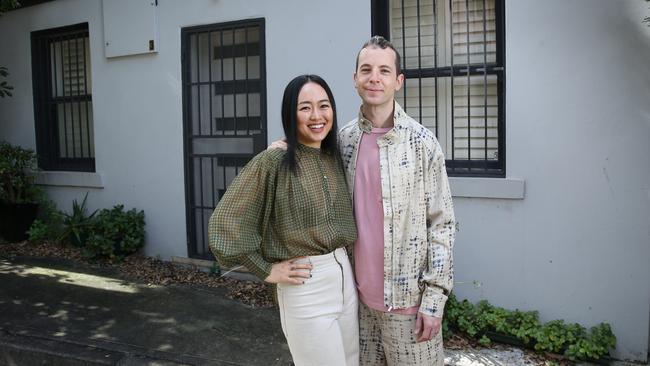Rental void still empty despite investor renewal
Despite record levels of investor lending, new PropTrack analysis shows it has failed to replace the number of homes that have been sold out of the rental pool in recent years.

A record rebound in investor activity in the residential property market is unlikely to offer relief to tenants who are struggling to find homes after a mass sell-off of rental stock through the pandemic.
The value of investor lending hit a record high through the first two months of the year, according to the latest data from the Australian Bureau Statistics.
After sitting in the doldrums since the mid-2010s, investor spending has more than doubled since the pandemic boom began in October 2020. Monthly spending in January cracked more than $10bn for the first time since April 2015 to hit a record $10.94bn.
February showed a slight decline, although levels were still up at $10.75bn, but the renewed vigour of investor activity has been unable to counter the sell-off through the pandemic, according to new analysis from PropTrack.
PropTrack director of economic research Cameron Kusher said the tightening of macroprudential policies in 2014 and subsequent state-based tenancy law changes dampened investor spending for several years.

It has rebounded now only because of rapidly rising rents caused by low vacancy rates, improved yields and capital gain prospects.
A weaker stockmarket is also causing people to turn back to bricks and mortar.
“The data seems to suggest that a lot of those investors who sold out of the market sold to owner-occupiers rather than investors,” Mr Kusher said. “So we’ve had this spinning out of the overall supply of rental stock.”
He noted some investors were also buying short-stay properties for the Airbnb market, as well as weekenders, none of which enters the rental pool.
The low number of homes on offer is one of the main reasons renters around the country are struggling to find secure accommodation. Data from SQM Research showed the national vacancy rate sat at just 1 per cent in March, well below the “healthy” rate of 3 per cent.
PropTrack’s latest Rent Report, released on Saturday, also showed strong competition, with the average number of days it takes to fill a home shrinking to 19, with little relief in sight for most of the country.
Tracey Kee, from Mortgage Choice Surry Hills in Sydney, expects investor activity to continue to grow through the years, noting many are sitting on the sidelines because of the election, the threat of rising rates and falling property prices.
“Investors will only get into the market with certainty,” she said.
In terms of where investors are buying the most, analysis by mortgage brokerage Loan Market found Sydney was the most popular location, recording $2bn in property purchases over the past 12 months. This was followed by regional Queensland ($1.7bn).
Among the investors are Sydneysiders Tim Mayall and partner Chu, aged 37 and 35, who recently purchased a home in Seaforth, on the lower north shore, which they intend to offer on the rental market.
“As the adage goes, you want to buy low and sell high. But at the same time, we did have some cash aside,” Mr Mayall said. “We got the property for well below the price guide. So I feel we already have that 10 per cent buffer if prices go down.”
Loan Market analysis showed the biggest increases in investor activity was seen in Darwin, regional Tasmania and regional Western Australia.
Ray White chief economist Nerida Conisbee said the change was likely linked to strong rental growth in those areas, in some places in excess of 30 per cent over the past 12 months. “(The) switch from high capital growth to high income return would likely be a positive for many,” she said.
A glimmer of relief could be on the horizon for renters in select locations – namely the Sunshine Coast, Geelong, Bendigo, Newcastle and Lake Macquarie – as the number of rental properties being offered has climbed compared to the same time last year.
However, the inner-city locations of Sydney and Melbourne which experienced high vacancy levels through the pandemic are now beginning to be squeezed as people return to the cities.








To join the conversation, please log in. Don't have an account? Register
Join the conversation, you are commenting as Logout